
Pioneer Energy received $27 million in DOE grants. The funds scale the Emission Control Treater (ECT) system. This system reduces oil production emissions. It enhances crude oil yields by 5–10%. The system ensures near-zero emissions. It operates in a closed-loop environment. Routine flaring and atmospheric storage tanks are eliminated. Heavy NGLs in crude oil are reduced.
ECT Technology’s Efficiency and Cost-Reduction Capabilities
The ECT processes crude oil efficiently and environmentally. It uses superior separation technology. No flash gas remains in crude. Atmospheric storage tanks are unnecessary. The modular design scales efficiently. It adapts as the well pad matures. CAPEX and ownership costs decrease. Cloud-connected automation enables remote monitoring. Operational efficiency improves. Maintenance costs and manual labor reduce.
Four Key Projects Funded by DOE to Demonstrate Technology’s Potential
The DOE provided four grants to Pioneer Energy. These support ECT system deployment and field testing. Each project focuses on oil production and emission reduction. A $10 million grant funds a commercial-scale facility. It produces 2,500 BPD. Six-month field trials occur with Bayswater and Prairie in Colorado. Deployment is set for Q4 2025. A $6 million grant supports sour crude processing. It lowers sulfur concentrations to parts-per-million levels. Emissions are significantly reduced. This project partners with Bayswater. A $5 million grant finances smaller ECT systems. They serve marginal conventional wells. These systems replace existing infrastructure. Integration is easy with minimal investment. A 12-month demonstration occurs in East Texas with Diversified Energy. A $6 million grant funds flare gas conversion to methanol. This reduces methane emissions. Emvolon collaborates on the project. MIT developed gas-to-liquid technology. A 12-month demonstration occurs in Texas’ Eagle Ford region.
Pioneer Energy’s Role in Advancing Energy Transition
Pioneer Energy’s CEO, Eyal Aronoff, expressed excitement about the grants. The funding scales and commercializes emission control technologies. Flaring reduces or eliminates. Scalable solutions exist for oil production. Pioneer Energy advances energy transition. Oil production efficiency is maintained. The company improves energy security. Environmental impact minimizes. Advanced technologies meet energy demands.


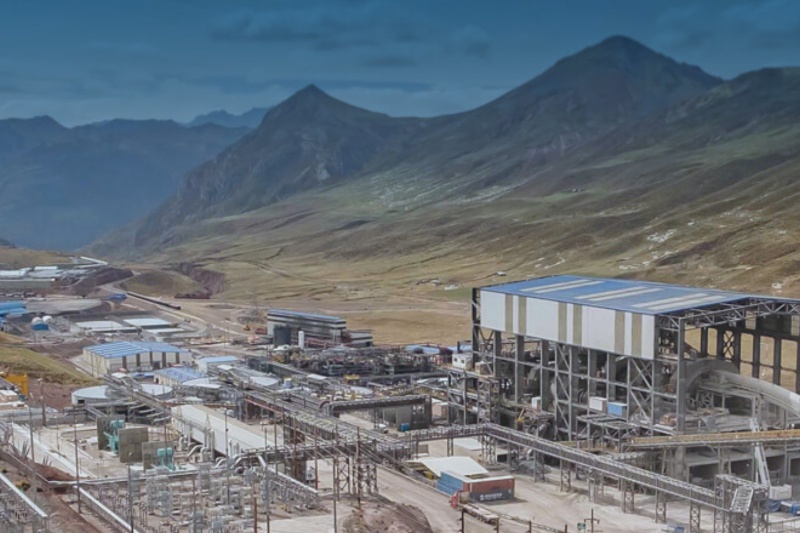




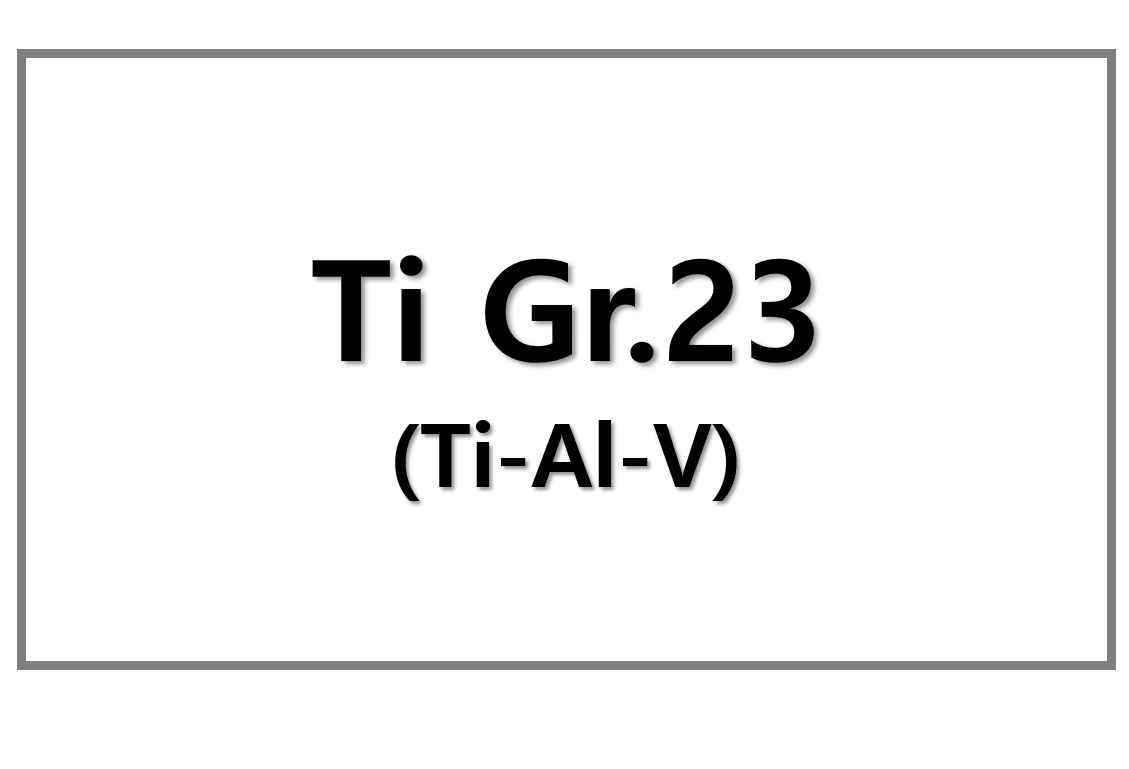
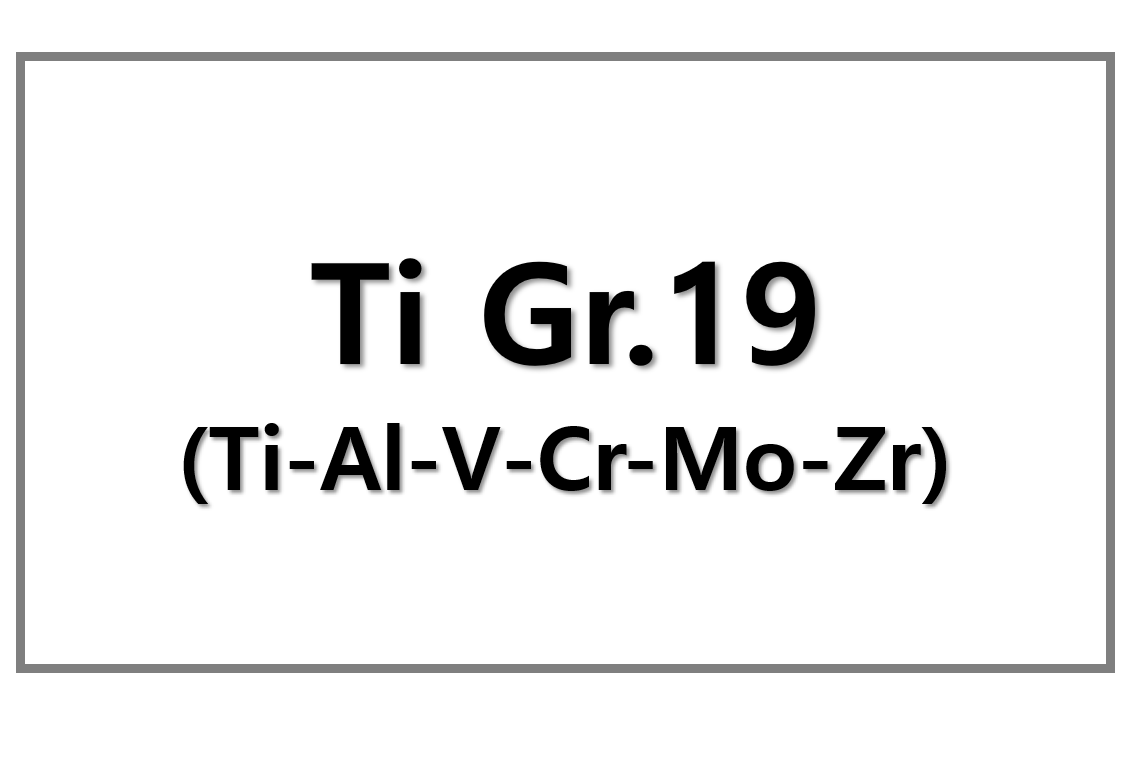
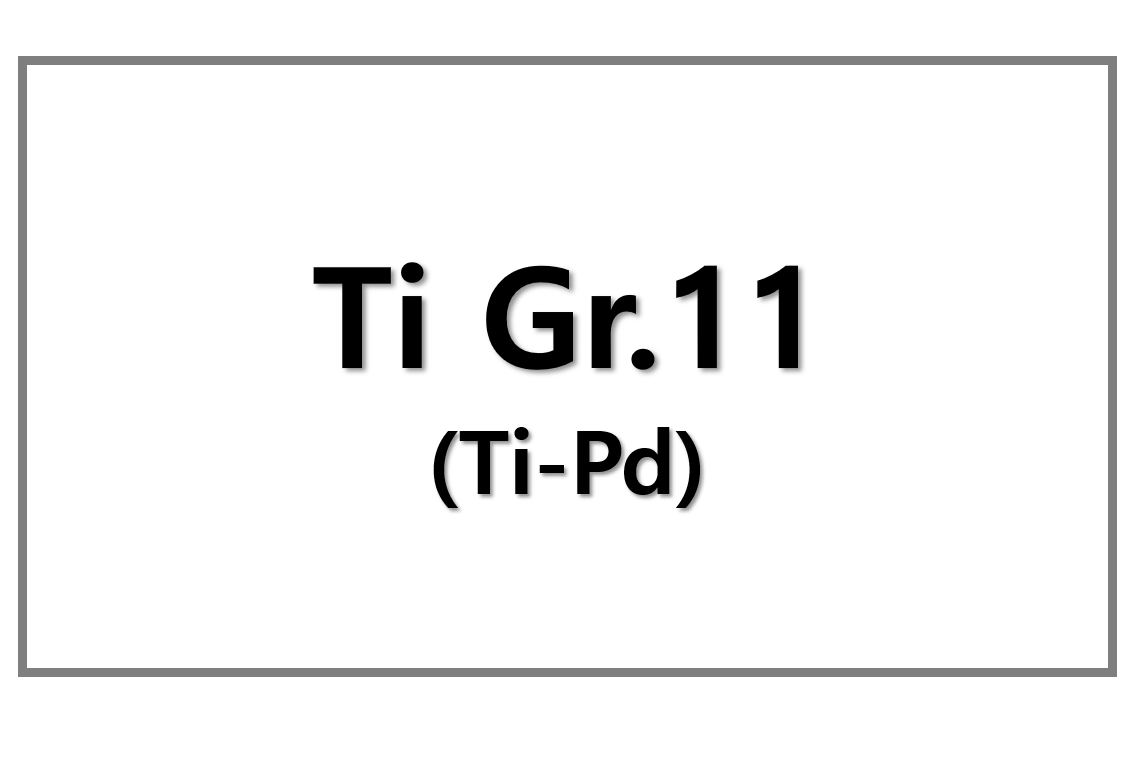
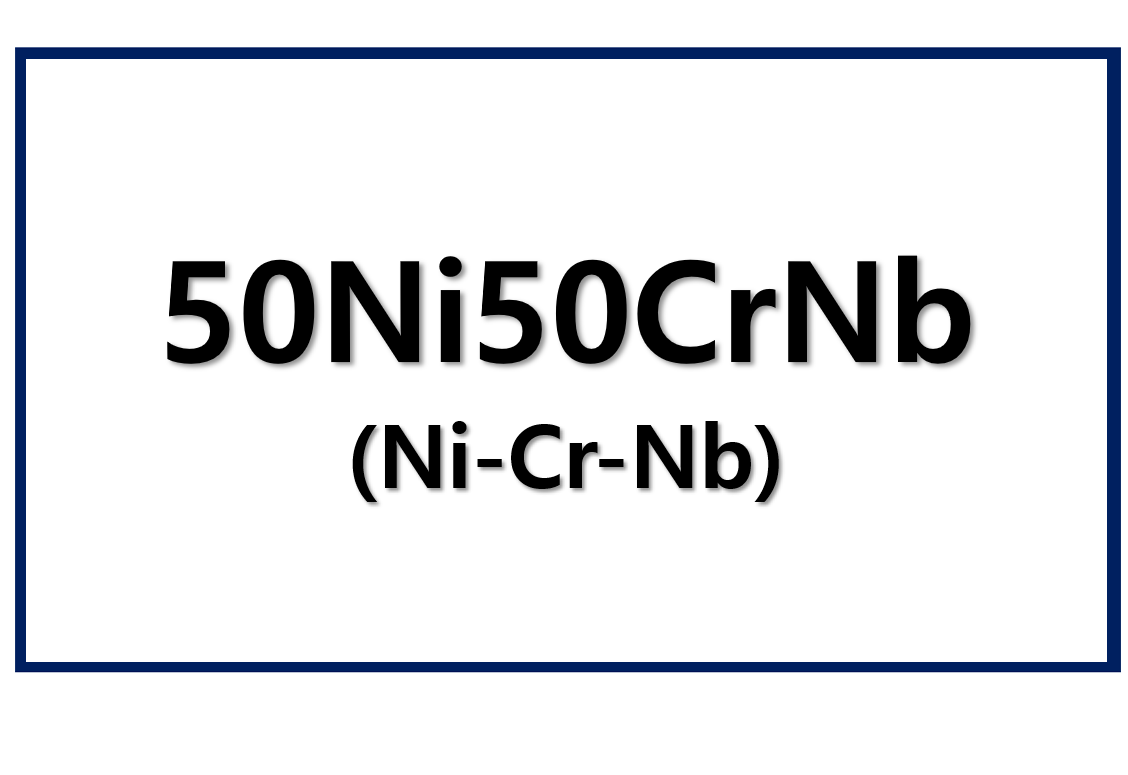
Leave a Reply
You must be logged in to post a comment.